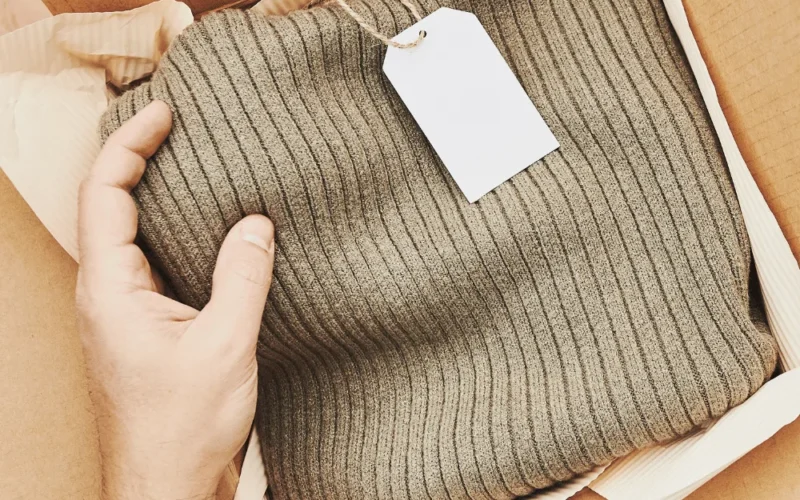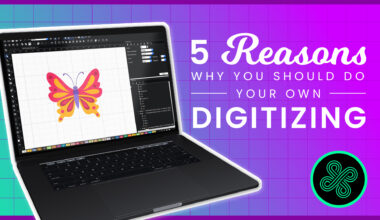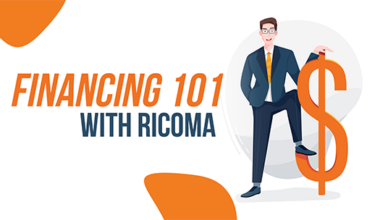Etsy has become the go-to platform for independent designers and vintage sellers looking to showcase their unique clothing pieces. Etsy has blossomed into a platform that’s not just about listing your items, but about connecting with a community of buyers who appreciate handmade, vintage, and one-of-a-kind pieces.
If you’re wondering, “Can you sell clothes on Etsy?” the answer is a resounding yes! The benefits of selling clothes on Etsy are numerous. You get the chance to be part of a vibrant and supportive community, reach a global audience, and showcase your creativity.
Plus, Etsy provides a platform that handles many of the technical aspects of e-commerce, allowing you to focus on what you do best: creating beautiful clothing.

Can You Sell Clothes on Etsy?: How to Sell Clothes on Etsy
1. Pick the Type of Clothing You’ll Sell
One of the first steps now that you know you can sell clothes on Etsy is deciding what type of clothing you’ll offer. This is where the importance of choosing a niche or specific style comes into play.
To stand out in the Etsy marketplace, you need to offer something unique that resonates with your target audience. This could be anything from vintage-inspired dresses to handmade knitwear or eco-friendly apparel.
Researching current fashion trends and identifying gaps in the market can help you determine what kind of clothing will appeal to Etsy shoppers. Take the time to browse through Etsy and see what’s popular, but also look for underserved areas. This could be your opportunity to fill a niche and attract a dedicated following.
You’ll also want to cross this over with what you love doing. Perhaps you’ve been printing t-shirts, embroidering, or patching clothes, and want to turn it into a part-time or full-time business. Think about what you love doing, who you’re designing for and what they value.
2. Learn About Etsy (Rules, Regulations, and Marketplace)
Before diving into the Etsy marketplace, it’s important to familiarize yourself with Etsy’s policies, fees, and guidelines for selling clothes. Understanding the rules will help you navigate the platform more effectively and avoid any potential issues. Take the time to read through Etsy’s seller handbook and familiarize yourself with the fees associated with listing items and completing transactions. This will help you answer questions like “Can you sell used clothes on Etsy?” so you’re never guessing.
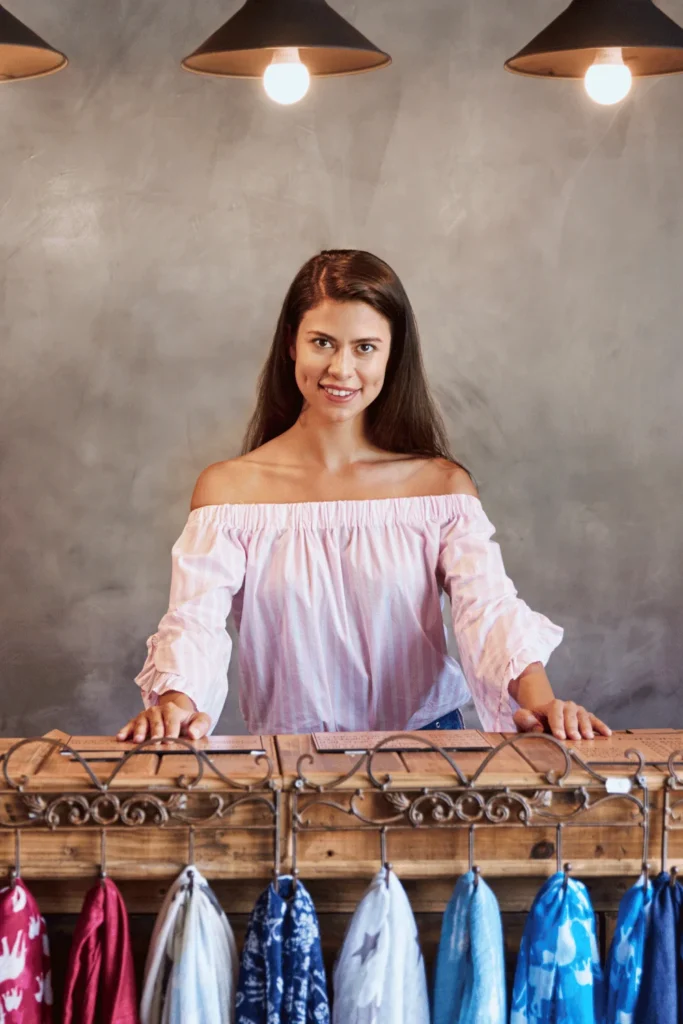
Another important aspect to consider is the competition and pricing strategies on the platform. Take a look at other clothing shops on Etsy to see how they price their items and what kind of products they offer. This can give you an idea of what’s working well and help you position your shop competitively.
Remember, your pricing should not only cover your costs and time but also be attractive to your target audience.
And there’s nothing better than doing a little bit of competitive research! Exploring successful Etsy shop clothes is also a great way to gather inspiration and learn best practices. Pay attention to how they present their products, the language they use in their descriptions, and how they engage with their customers. This can provide valuable insights into what makes a clothing shop successful on Etsy.
3. Start Your Shop
Starting your Etsy shop begins with setting up a shop name, profile, and policies. Your shop name should be memorable and reflect your brand, while your profile should tell your story and connect with your audience. When it comes to policies, be clear and detailed about shipping, returns, and any other important information that will help build trust with potential buyers.
Creating a cohesive and attractive shop aesthetic is also key to attracting customers. Use consistent branding, such as a logo and color scheme, across your shop banner, listings, and packaging. This helps create a professional and inviting look that will make your shop stand out.
Get some inspiration from some others starting their own Etsy business (using our Ricoma MT-2001-8S):
4. List Your First Item
When listing your first item, create compelling product listings that grab attention. Write detailed descriptions that highlight the unique features of your clothing, and use relevant keywords to improve your visibility in search results. Be sure to include information about the materials, sizing, and care instructions.
High-quality photos are crucial for showcasing your clothing items in the best light. Use natural lighting and simple backgrounds to highlight the details and colors of your garments.
Consider including multiple angles and close-up shots to give customers a better view of what they’re purchasing.
Lastly, consider your pricing strategy carefully. It should be competitive enough to attract buyers while ensuring you make a profit. Factor in your materials, time, and any additional costs like shipping and fees. Don’t forget to regularly review and adjust your prices based on market trends and your shop’s performance.
5. Pick a Marketing Strategy
Now that your shop is set up and your first item is listed, it’s time to think about how you’ll attract customers to your Etsy shop.
One effective way to promote your clothing shop is by leveraging social media platforms. Platforms like Instagram, Facebook, and Pinterest are great for showcasing your products and connecting with potential customers. Share high-quality images of your clothing, behind-the-scenes looks at your creative process, and any special promotions or new arrivals. Engage with your followers by responding to comments and messages to build a loyal community around your brand.
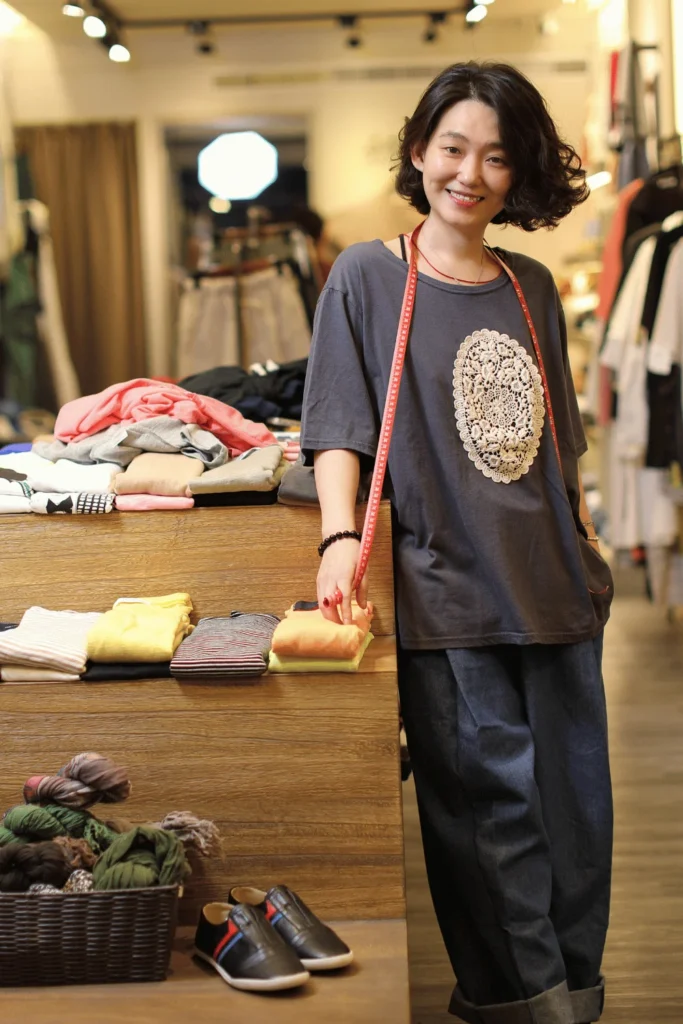
Email marketing is another powerful tool for reaching your audience. Collect email addresses from your customers and interested visitors by offering a signup incentive, such as a discount on their first purchase. Send regular newsletters featuring new products, exclusive deals, and other relevant content to keep your subscribers engaged and encourage repeat purchases.
Etsy also offers its own advertising tools, such as Etsy Ads and Offsite Ads, which can help increase your shop’s visibility. Etsy Ads allow you to promote your listings within the Etsy platform, while Offsite Ads extend your reach to other websites and platforms. Consider allocating a budget for these advertising options to boost your shop’s exposure.
How to Streamline Your Clothing Business
As you start curating your Etsy shop for clothes, streamlining your operations becomes increasingly important. By optimizing your workspace and processes, you can improve efficiency, reduce stress, and ultimately increase your profitability.
1. Invest in a Home Studio with Streamlined Equipment
Having a dedicated space for creating, storing, and photographing your clothing items can significantly enhance your productivity. A well-organized home studio allows you to work more efficiently and keeps your inventory in good condition.
Investing in quality sewing machines, printers, fabric cutters, and other essential tools is crucial for efficient production. Look for equipment that suits your specific needs and can handle the volume of work you’re producing. Consider machines that offer features like automatic threading, adjustable speed settings, and a variety of stitch options to make your work easier and more professional.
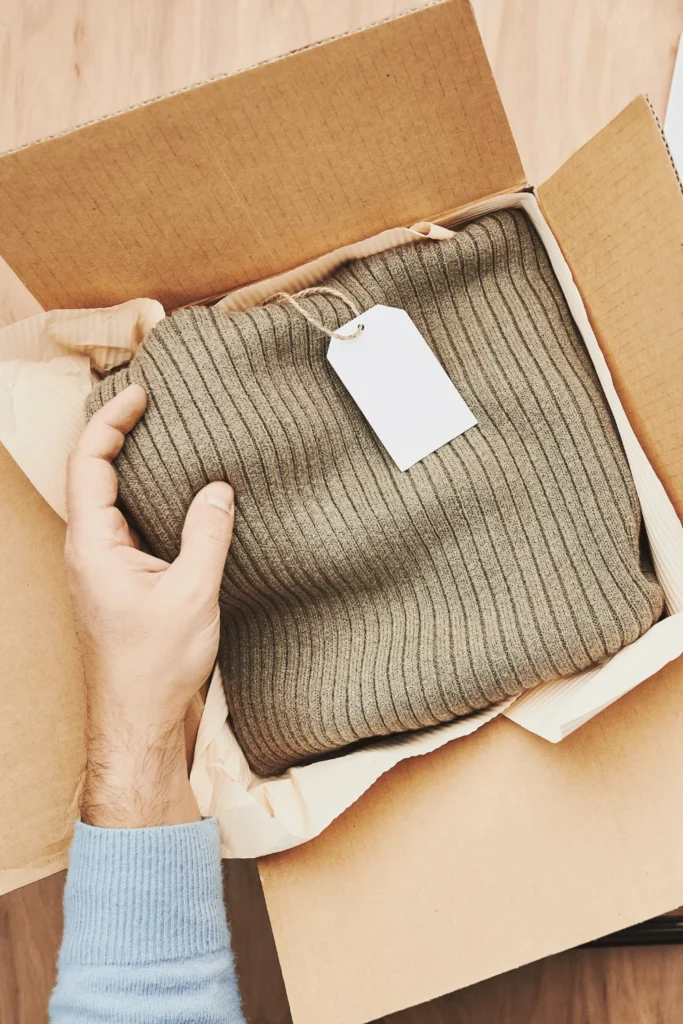
2. Implement Inventory Management Software
As your clothing business expands, keeping track of your inventory manually can become overwhelming. Implementing inventory management software can help you stay organized and make informed decisions about your stock. Some common ones are Zoho Inventory, TradeGecko, and Fishbowl.
These software solutions allow you to track inventory levels, sales, and order fulfillment in real-time. Look for options that integrate with Etsy’s platform for seamless management of your online shop. This can save you time and reduce the risk of errors in your inventory records.
Regular inventory audits are essential to ensure the accuracy of your stock levels. Set aside time to physically count your inventory and compare it to your software records. This helps you identify discrepancies and take action to prevent stockouts, which can lead to lost sales and dissatisfied customers.
3. Develop a System for Consistent Product Photography
High-quality, consistent product photos are crucial for attracting customers and increasing sales on Etsy. Your photos are often the first impression potential buyers have of your products, so it’s important to make them count.
Setting up a dedicated photography area in your home studio can help you achieve consistent lighting and background for your photos. Good lighting is key to showcasing the true colors and details of your clothing items. Consider using natural light or investing in studio lights for the best results. A neutral background, such as a white or light-colored wall, can help keep the focus on your products.
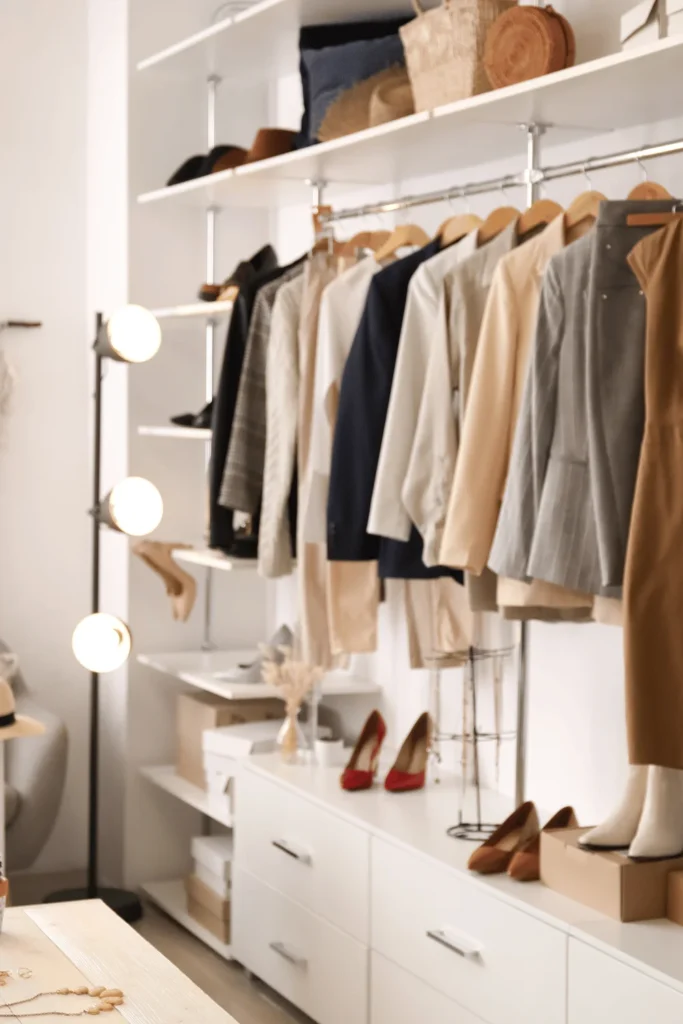
Using photo editing software (like LightRoom) is another important aspect of creating professional-looking product photos. Editing tools can help you adjust lighting, contrast, and color balance to ensure that your photos accurately represent your products. They can also help you maintain a consistent look across all your listings, which is important for building a cohesive brand image.
Start Your Business Right With Ricoma!
Now that you know you can sell clothes on Etsy, let’s start dreaming up your home studio. Explore Ricoma’s sewing and embroidery machines to work into your workflow to enhance your efficiency!
